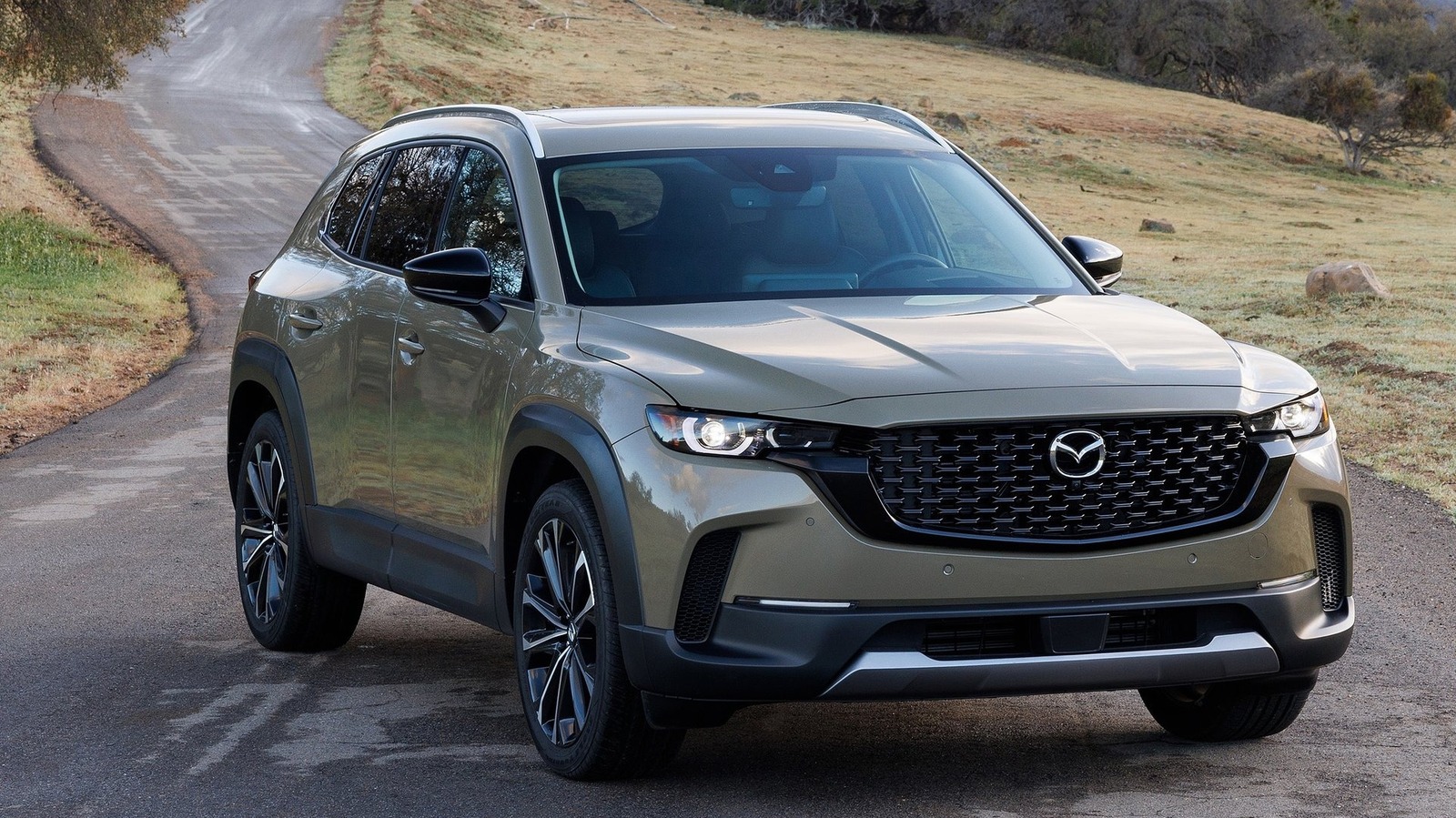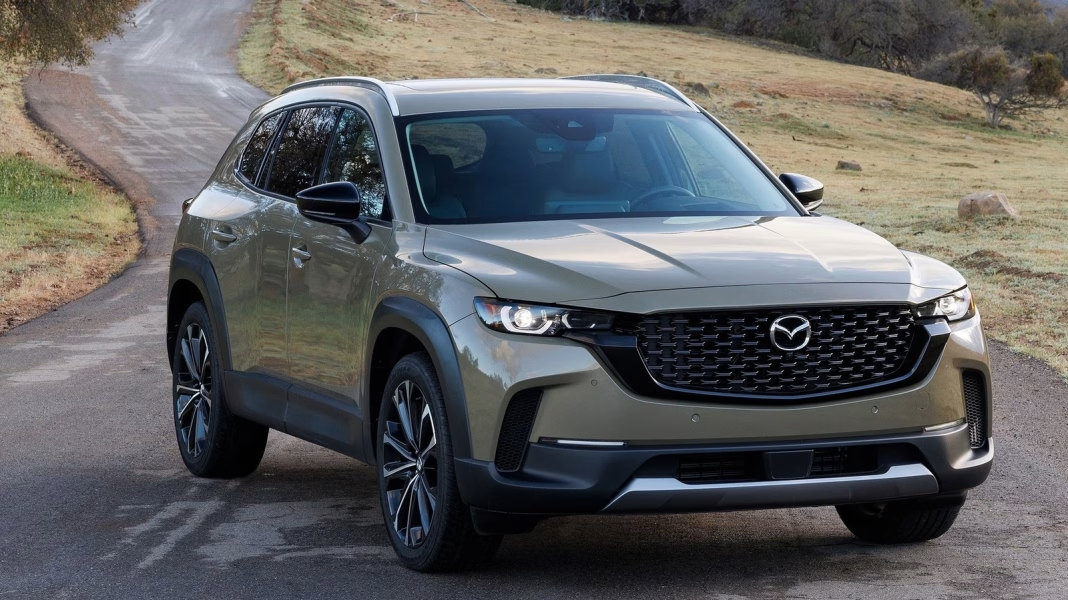Which Hybrid SUVs Are Actually Saving You Money at the Pump?
Remember when driving an SUV meant bracing yourself for painful gas bills? Those days are fading fast. Hybrid SUVs are rewriting the rules, delivering fuel economy numbers that would’ve sounded like science fiction not too long ago. But with so many options crowding the market, which ones are truly worth your hard-earned cash—and which are just riding the hybrid hype?
How Do Today’s Hybrid SUVs Stack Up on Real-World MPG?
Let’s cut through the marketing fluff. Official EPA ratings are helpful, but what really matters is how these vehicles perform when you’re stuck in traffic, hauling groceries, or heading out on a weekend road trip. According to recent data from Consumer Reports, several hybrid SUVs are consistently beating expectations, with some models averaging over 35 mpg in mixed driving. For context, that’s on par with many compact sedans from the early 2000s—except now you get all the space and versatility of an SUV.
Take the Toyota RAV4 Hybrid, for example. It’s not just a best-seller for the badge; owners routinely report real-world mileage in the high 30s, sometimes even nudging 40 mpg if you’re gentle with the throttle. The Ford Escape Hybrid and Honda CR-V Hybrid aren’t far behind, both delivering impressive efficiency without sacrificing comfort or cargo space. Even larger models like the Toyota Highlander Hybrid are clocking in at 35 mpg or better, which is wild for a three-row family hauler.
What Features Make These Hybrids Stand Out?
It’s not just about sipping fuel. Today’s top hybrid SUVs come loaded with tech and safety features that make daily driving less of a chore. Many offer all-wheel drive as standard or an affordable upgrade, so you’re not trading capability for efficiency. Regenerative braking, adaptive cruise control, and seamless transitions between gas and electric power are now the norm, not the exception.
And let’s not forget about reliability. Toyota’s hybrid systems, for instance, have built a reputation for bulletproof dependability, which translates to lower maintenance costs over the long haul. Honda and Ford are catching up fast, with improved battery warranties and robust engineering that’s designed for the real world—not just the test track.
Are Hybrid SUVs Worth the Upfront Cost?
Here’s the million-dollar question: Does the fuel savings justify the higher sticker price? In many cases, yes. A recent study by the U.S. Department of Energy found that hybrid SUVs can pay back their price premium in as little as three years, depending on your driving habits and local fuel prices. If you rack up a lot of miles or live in an area with high gas costs, the math gets even more compelling.
Plus, resale values for hybrids are holding strong. As more drivers prioritize efficiency and environmental impact, demand for used hybrid SUVs is climbing—meaning you’re less likely to take a hit when it’s time to trade in.
What Should You Watch Out For When Shopping?
Not all hybrids are created equal. Some models, especially plug-in hybrids, promise eye-popping MPGs but only deliver if you’re diligent about charging. Others may offer hybrid badges but little real-world advantage over their gas-only siblings. Always check owner-reported mileage and independent test results, not just the window sticker.
Also, consider your driving patterns. If you spend most of your time on the highway, some hybrids may not deliver the same gains as they do in city traffic, where regenerative braking and electric-only operation shine.
How Do Hybrid SUVs Compare to Full Electrics?
It’s tempting to jump straight to a fully electric SUV, but hybrids offer a sweet spot for many drivers. No range anxiety, no need to install a home charger, and you still get a massive boost in fuel efficiency. For families or commuters who aren’t ready to go all-in on electric, hybrids provide a practical, lower-stress alternative.
The big takeaway? Hybrid SUVs aren’t about perfection—they’re about smarter adjustments. Start with one change this week, and you’ll likely spot the difference by month’s end. Whether it’s fewer trips to the gas station or a little extra cash in your pocket, these vehicles are proof that you really can have your cake and eat it too.


